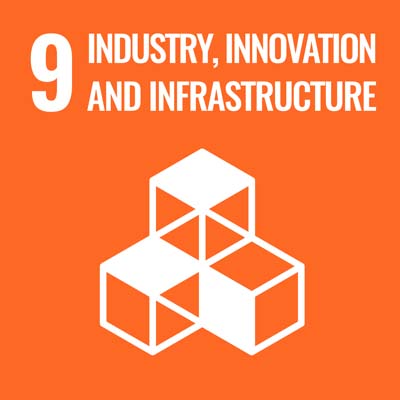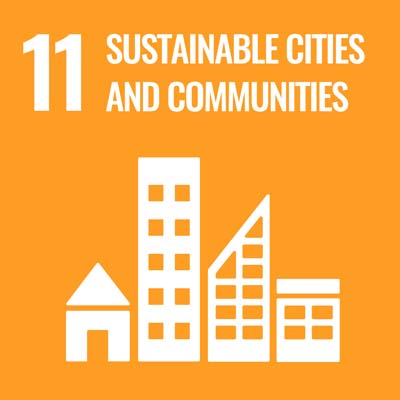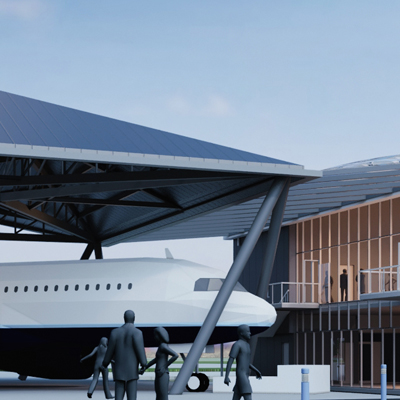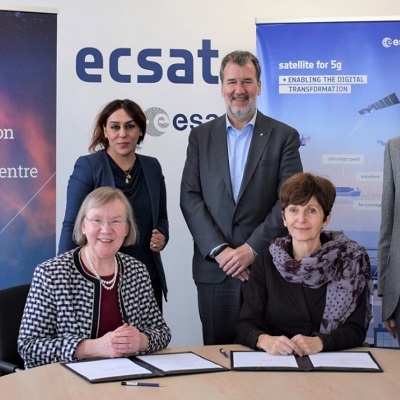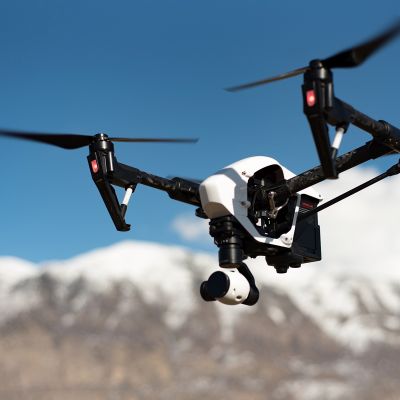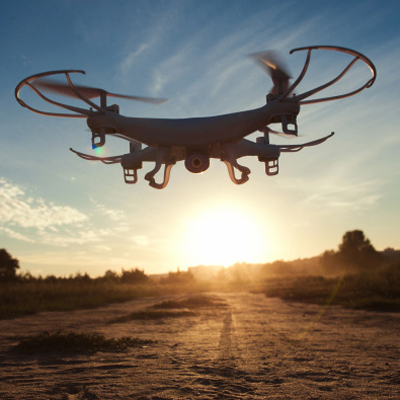The aim of project Rise is to develop and demonstrate a scalable flight management system (FMS) as a step toward unlocking autonomous BVLOS (beyond visual line of sight) flights at scale and to integrate uncrewed aerial system (UAS) flights safely with other aviation in non-segregated airspace.
Key facts
- Project Rise was funded by Innovate UK, through Phase 2 of the UK Government’s Future Flight Challenge.
- Total project cost is £499,483 (UKRI funded for £375,123 match funded contribution of £124,360).
- The consortium is led by Dronecloud and consists of Dronecloud, Frequentis, Sky-Drones Technologies Ltd, Cranfield University and Skyports.
Impact of our research
The main objective of Project Rise is to develop and demonstrate a scalable ‘open standards API’-based integration platform that can be considered as a flight management system (FMS) that will be capable of delivering the future of beyond visual line of sight (BVLOS) and autonomous flight. The FMS will be a regulatory system that will provide full operational functionality including flight planning, flight noticeboard, flight discovery, airspace authorisations, dynamic restrictions management, conflict management services, electronic identification, auditability, flight termination, accident and incident reporting and digital flight log. This will ensure the continued growth of the drone industry which, according to PriceWaterhouseCooper’s Drones Report, could provide an increase in the UK’s gross domestic product (GDP) of £42bn and 628,000 jobs by 2030.
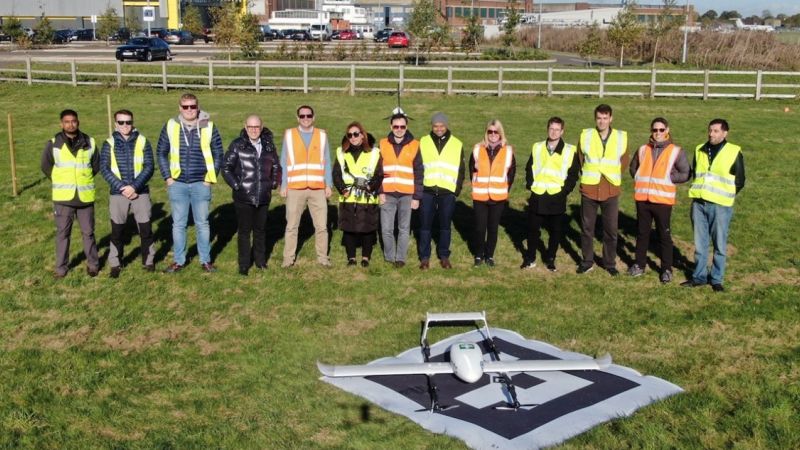
Why Cranfield?
The consortium is looking for a way to take the industry forward, enabling closer integration of crewed and uncrewed traffic in controlled airspace, therefore unlocking the potential of scalable beyond visual line of sight (BVLOS) and autonomous flight. All the consortium members are responsible for specific aspects of the project. Cranfield University’s role was to complete an analysis of radio link connectivity in the uncrewed aerial system (UAS) to highlight the factors which affect connectivity performance needed for BVLOS, together with mitigation plans to improve it. The proof-of-concept field trials completed in November 2021 at Cranfield Airport demonstrated a live, working airport environment use-case, however the potential applications go far beyond. The project was led by the Centre for Autonomous and Cyber-Physical Systems at Cranfield, which is internationally recognised for high-quality research and development within aerospace, space communications, and drone systems. Autonomous systems is a key research theme at Cranfield; where the centre offers a unique capability that addresses the current agenda of industry, government and non-governmental organisations.
Facilities used
Facilities used at Cranfield University were:
- AIRC – Aerospace Integration Research Centre. Industrial-sized system integration facility for small to large systems. An open 1500m2 laboratory that can be used for indoor demonstrations. Within this facility:
- Unmanned aerial vehicles (UAV) system laboratory – where different UAV platform equipment is available.
- DARTeC – Digital Aviation Research and Technology Centre. DARTeC is a £65m investment that was completed in 2021. The centre focuses on the integration of drones into civilian airspace; increasing the efficiency of airports through technological advances; creating a safe, secure shared airspace through secure data communication infrastructures; increasing the reliability and availability of aircraft through self-sensing, self-aware technologies. Within the DARTeC premises our Boeing 737 ground demonstrator can be used for technology demonstrations.
- MUEAVI – Multi-User Environment for Autonomous Vehicle Innovation (sensors infrastructure) for multi-target detection and tracking (vehicles, UAVs, cyclists, pedestrians). Edge computing strategies are investigated to clarify the raw data leveraging deep learning algorithms and the data latency effect on sense and avoid.
- IMEC – Intelligent Mobility Engineering Centre. This is a teaching and research facility designed to be an inspirational and interactive learning environment. Within IMEC are the following facilities:
- The autonomous and embedded systems laboratory. This laboratory is equipped for fast prototyping (3D printing), light soldering and electronic works. The laboratory is used to assemble and integrate autonomous systems (uncrewed aerial systems and robots).
- The autonomous and cyber-physical systems laboratory. This laboratory is equipped with a Qualisys motion tracking system (10 cameras) and an indoor testing area of 8x8x5m.
- The visualisation laboratory. This laboratory is used to visualise data from MUEAVI (see above) and several clusters with graphics processing units (GPUs) are available for training large artificial intelligence (AI) deep learning models.
- Cranfield Airport – Cranfield global research airport offers industry a unique facility which marries the demands of the commercial airport with an opportunity to innovate all aspects of aviation.
Associated academics
- Project Lead & Principal Investigator – Dr Saba Al-Rubaye, Reader in Autonomous and Connected Systems
- Project Co-Investigator– Professor Antonios Tsourdos, Head of Autonomous and Cyber-physical Centre
- Project Manager – Joao Raposo
- Dr Mümin Özpolat, Research Fellow in UAS Communications
- Dr Vahid Towhidlou, Research Fellow in UAS communications
“Cranfield is leading hardware system integration to address current and future challenge of UAS communications. We were delighted to support project Rise in the field trials by providing airport facilities and conducting analysis of different communication scenarios to guarantee high-quality of services (QoS) for drone safety.”
Saba Al-Rubaye, Reader in Autonomous and Connected Systems
“Through integrations between these systems, we can share automatically electronic ID, flight telemetry data, alerts and other communications. The increased safety and efficiency helps break down barriers to scale. At the same time, readying the software platforms towards participating in all UTM regulatory frameworks, such as the UK’s Open Access UTM Framework and U-Space. Project Rise is a genuine step forward for the industry as a whole and brings us closer to integrating crewed and uncrewed traffic in controlled airspace, and in doing so, a step also towards unlocking the potential of scalable BVLOS and autonomy. We’re incredibly proud to have worked with such a strong team to deliver project Rise.”
Jan Domaradzki, CEO of Dronecloud


